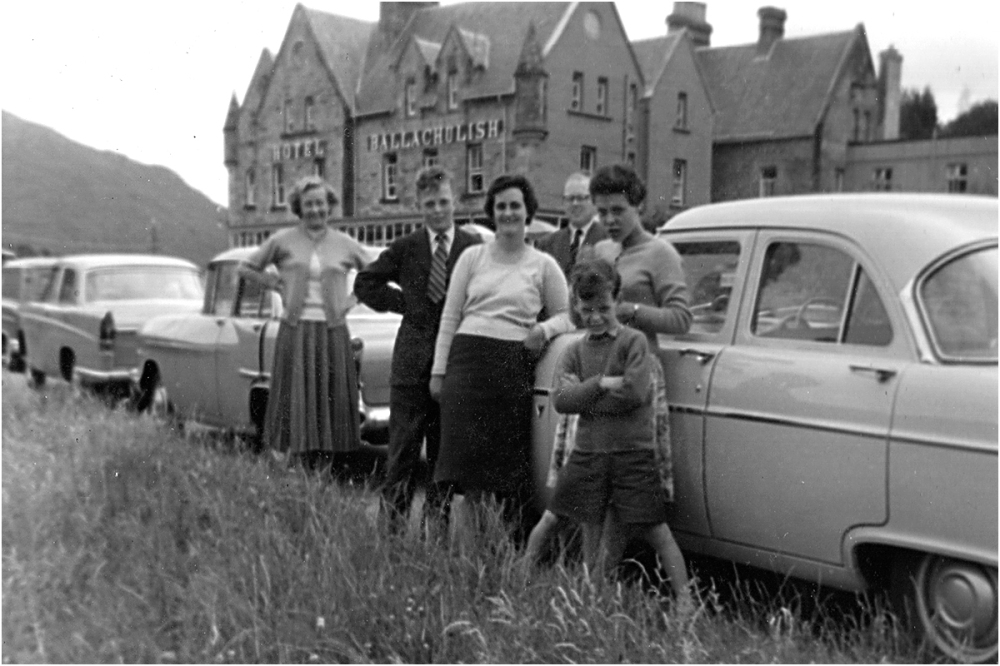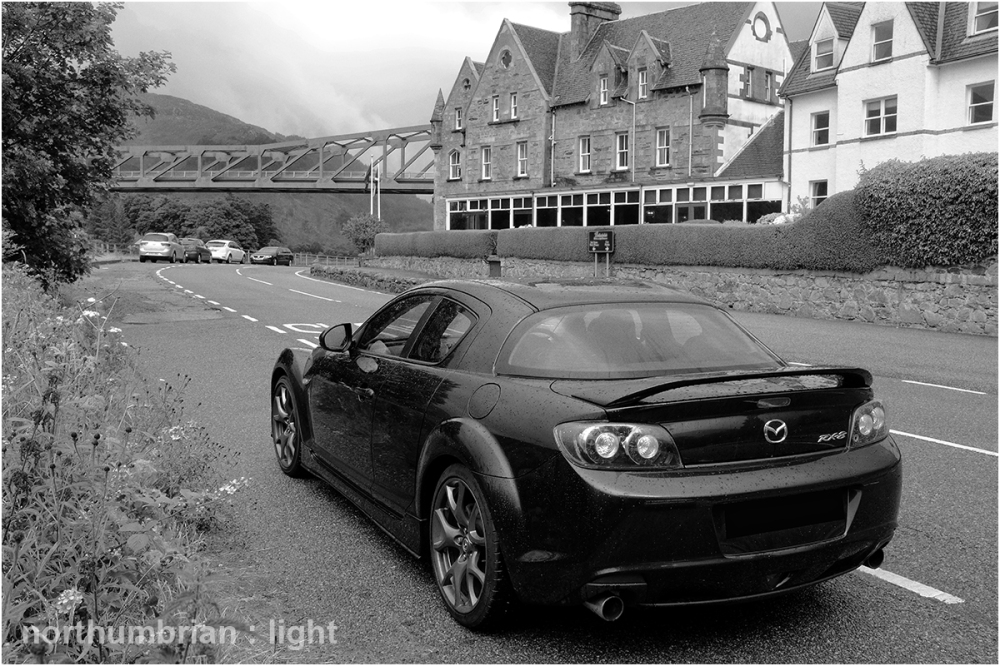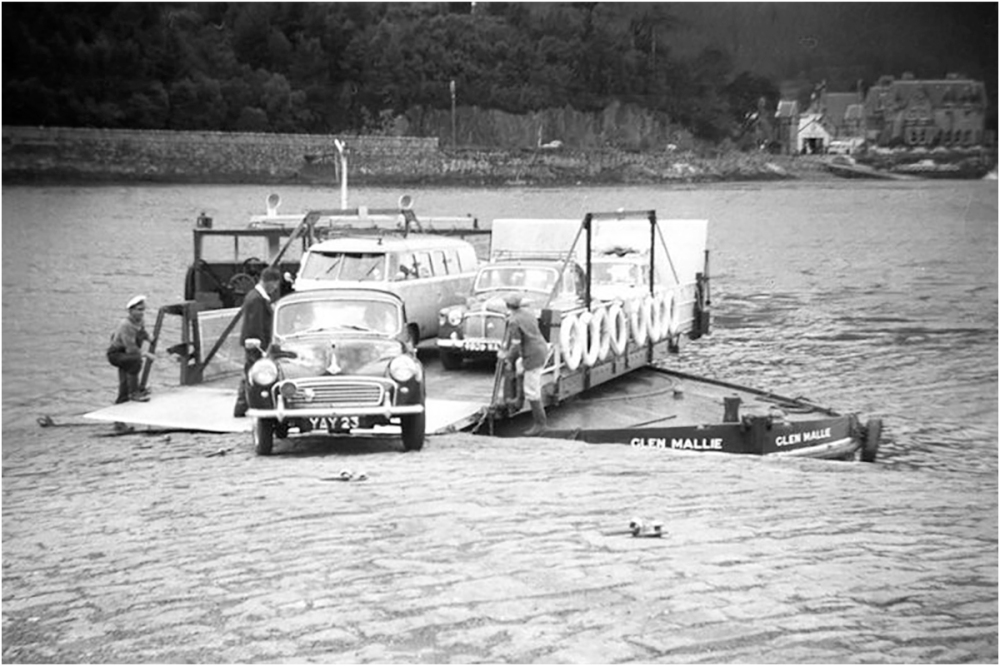I am travelling the north coast of Scotland from Durness and have reached Reay. This, I should emphasise, is purely in a virtual sense. In the real world I remain tied to my keyboard and screen in deepest Northumberland, still waiting for signs of Spring.
Having turned left off the A836 into the car park at Reay Golf Club, I have become distracted by Ard Neakie, a place not far from my starting point.
Ard Neakie is a would-be island on Loch Eriboll’s eastern shore, attached to the mainland by a narrow strip of sand and shingle. Viewed from above, on the main road, it appears a bleak and abandoned place, the main evidence of earlier human endeavour being the lime kilns. It was not always like this.
The kilns processed limestone quarried from the high ground of Ard Neakie and from Eilean Choraidh, an island in the middle of Loch Eriboll. The quarry workers’ lodgings are on the northern side of the approach to the 19th century Ferry House. This is how it looked when I last walked down to the strand in the late 1980s:

The quarry workers’ lodgings, taken in the late 1980s.
By the end of 2009, it looked flimsier still and there is a suggestion it may have since collapsed entirely. The nearby Ferry House is a different proposition. I may have neglected to take pictures back in the 1980s but Canmore, the online catalogue to Scotland’s archaeology, buildings, industrial and maritime heritage, provides the opportunity for a virtual tour, inside and out.
The Ferry House was not only home to the ferryman and his family but also a shop providing supplies to North Sea trawlers seeking shelter from the storm. Trawlermen, quarry workers, the shop, the ferryman and his passengers, the boats transferring limestone from Eilean Choraidh and the ships dispatching lime to east coast farmers, on some days Ard Neakie bustled.
The history of this place, and Sutherland in general, is encapsulated in the lives of one family – without these stories, Ard Neakie is just a collection of old stones and rotting timbers.
When Anne and her husband Alexander Mackay were cleared from their croft at Totaig, they were resettled at Achnahuaigh, Melness, just south of Port Vasgo at the head of the Kyle of Tongue. It was here that they raised their daughter Dolina who would in 1887, marry local cabinet maker, George Mackay. George had been planning to better himself by emigrating to Canada but was persuaded by the Duke of Sutherland to use his woodworking skills as a boatbuilder and to run the Heilam Ferry from Ard Neakie across Loch Eriboll to Portnacon. They raised seven sons at the Ferry House, the eldest being Hugh who would eventually qualify as a teacher, having studied at Aberdeen. Hugh’s highway to Aberdeen was by sea, regularly catching a lift from trawlers as they stopped by at Ard Neakie. This connection with the sea is significant and points to a time when these coastal communities were better served by water than by land.
Hugh served with the 1st battalion Seaforth Highlanders during the Great War and survived despite being declared ‘missing, presumed dead’. He returned to teaching, married his first love, Catherine Sutherland and eventually retired to Connel Ferry, near Oban. Once he left home, he never lived again at the big house on Ard Neakie, unlike younger brother Alec.
Alexander Mackay was born in 1889 and attended Eriboll School before joining his father George, to run the ferry and to learn the trade of boatbuilding. Like my grandfather Fred, Alec was in the Territorial Reserve and both would see active service at Gallipoli. Both Fred and Alec were transferred to Alexandria but whereas Alec fought in Macedonia and France, Fred transferred into the Royal Flying Corps and served the rest of the war at the RFC Training School, Aboukir.

Fred is in the middle, back row,
Alec survived the war but suffered disfiguring facial injuries in France and was not finally discharged until March 1920. The expectation was that Eriboll Farm would be divided to provide land for returning local servicemen and Alec was fully expecting to receive a share. In another example of shoddy behaviour by the estates and landowners, this never happened so Alec returned to boat building and operating the Heilam Ferry with his father.
There is a photograph of the young Alec standing in front of the workers’ lodgings holding a large salmon by the gills. A prize catch for an innocent young man dressed in heavy tweed. The man who returned to Ard Neakie was not the same boy who went to war in 1914. Like Hugh, the young Alec never returned and we will never know the demons that accompanied him as he walked back down the strand to the front door of the Ferry House in 1920. He would live out the rest of his days on Ard Neakie where he died a bachelor in 1957. The last of the family did not leave the Ferry House until 1990 since when the lease has not been renewed and the building remains empty, except for the echoes from the past.
This story is told because I have a soft spot for the small ferries of Scotland – I have written elsewhere on this subject – my first such crossing being at Ballachulish in the late 1950s. It is an oft repeated ‘fact’ that the Heilam Ferry closed in 1890 when the road around the loch was completed but this makes no sense. Firstly, when Alec returned from the Great War in 1920, he returned to operate the ferry and T Ratcliffe Barnett writing in 1930 (Autumns in Skye, Ross and Sutherland) refers to the operational ferry at Portnacon. Secondly, bearing in mind this was a passenger service (you might be allowed to to take a bike), why would the opening of an eleven mile road around the edge of the loch negate the need for a one mile crossing by water. I am on a mission to find out when it really closed and what the ferry looked like in operation – we will be there again in late April.
Having driven the road around Eriboll many times, I am always surprised that there was never a car ferry between Portnacon and Ard Neakie – I would pay a premium, even in the 21st Century for the novelty of the loch crossing, for the convenience and to avoid the tedious eleven mile round trip, destination, almost where you started from. While digging around looking for small ferry images, I came across this wonderful photograph of the ferry at Dornie (The Face of Scotland – Batsford and Fry, published 1935) – it seems precisely the sort of device that should have been used at Loch Eriboll:

Loch Duich – Eilean Donan Castle and Dornie Motor Ferry
The stories of the Mackays is taken from A Full Circle – The journey through time of the Mackay Family of Heilam Ferry, Loch Eriboll from 1841 – 2014 – The Clearances to the Present Day, produced by Fiona Mackay while working as a voluntary archivist at Strathnaver Museum. The story of Alexander Mackay’s war service is taken from Pibrochs and Poppies – A commemoration of WW1 Pipers from North West Sutherland.
























